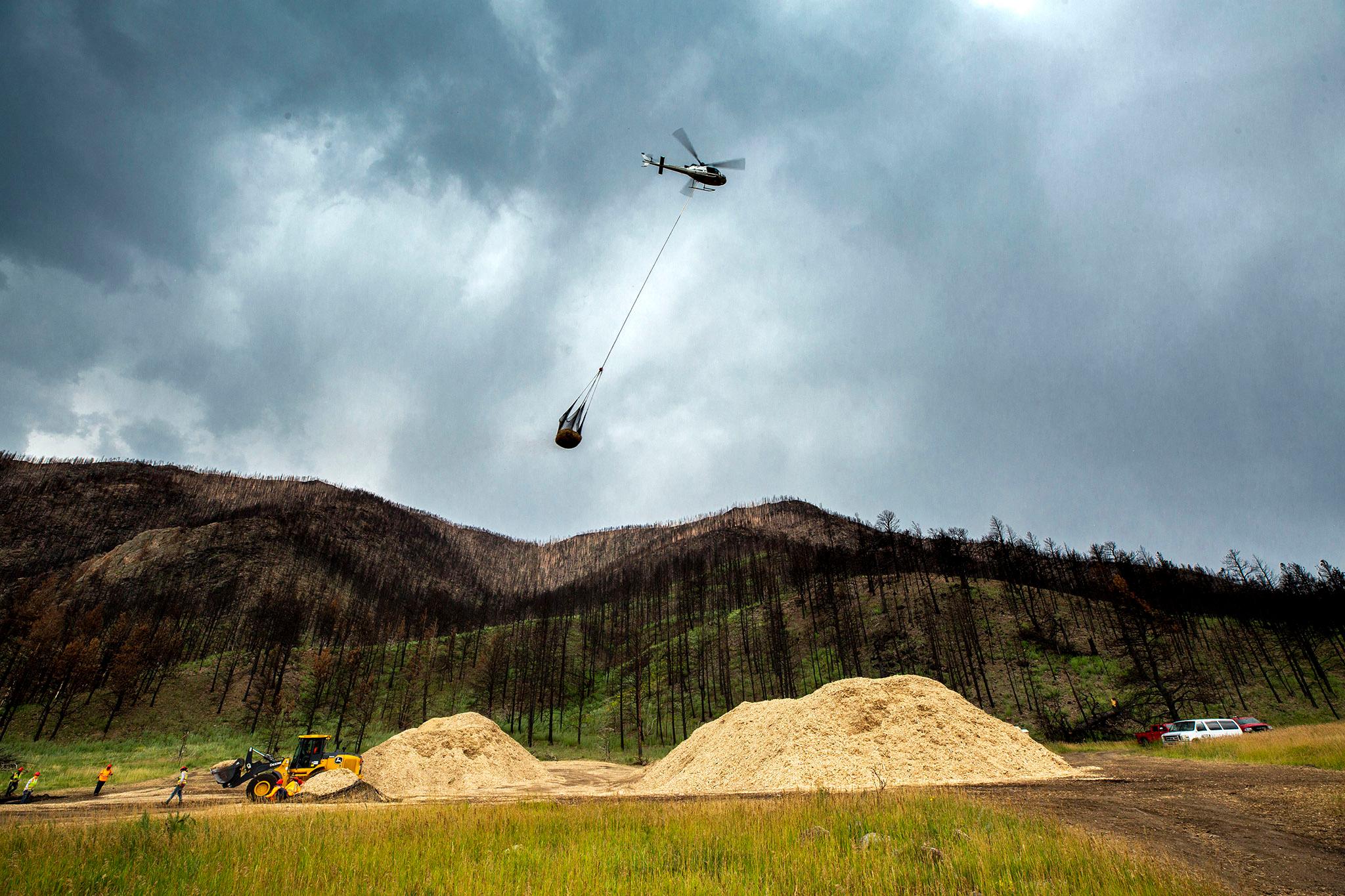
Dangerously hot and dry conditions in Colorado and other Southwestern states fueled by rising global temperatures are endangering the health of residents, reducing snowpack and water supplies, and driving large and more intense wildfires, a major report from the federal government has found.
The findings were released Tuesday in the National Climate Assessment, the federal government’s primary compilation of scientific knowledge on climate change and its effects on Americans.
The report describes a country that is simultaneously reeling with ripple effects in nearly every corner of American life while remaining capable of drastically reducing greenhouse gas emissions and adapting to the effects of a warmer world.
One of the most direct effects of the rise in global temperatures — driven mostly by the burning of fossil fuels — is more frequent and severe weather and climate events, the report’s authors conclude. The warming is driving a boom in billion-dollar disasters across the country, which have surged from occurring once every four months, on average, to now happening once every three weeks.
SOUTHWEST EFFECTS
Warming temperatures have triggered cascading effects in Colorado and other states across the region, according to Dave White, the director of Arizona State University’s Global Institute of Sustainability and Innovation and lead author of the report’s chapter on the Southwest.
“The transition to a more arid environment is threatening water resources for people and nature,” White said.
Warming temperatures and more intense periods of drought have depleted water supplies above and below ground, according to the report. The warming has also diminished the amount of snowpack and changed the timing of snowfall in Colorado and other mountain states, imperiling a flow of runoff that recharges the Colorado River and other water systems.
At the same time, the warming has triggered changes in climate patterns that are intensifying atmospheric rivers, the report finds, increasing the likelihood of waves of extreme precipitation and catastrophic flooding like the ones that hit the West Coast in late 2022 and early 2023.
The warming and water scarcity are already disrupting farming and ranching and will likely increase livestock stress and hurt crop yields and food quality across the Southwest, the report finds.
White said agricultural workers and others who work outside are especially vulnerable to warmer temperatures, as are older people and those with lower incomes. Other consequences of warming, including increased hospitalizations, are falling unequally among people in the region, White said. Indigenous communities and people facing housing insecurity will continue to be hit especially hard.
ABOUT THE ASSESSMENT
The climate assessment, mandated by Congress since 1990, is updated with new research and analysis every five years and written by hundreds of scientists and more than a dozen federal agencies.
The report itself doesn’t contain any new research revelations, but it provides a comprehensive summary of the scientific understanding of climate change. The assessment is a key federal document that provides an authoritative research baseline for government, policymakers and court cases.
The assessment process and the final report have evolved over the years. The latest version includes more research from social sciences like history, sociology and Indigenous studies. It is also the first to have dedicated chapters on the economic and social dimensions of climate change.
While the report paints a bleak picture of the current and future effects of warming, it also highlights the nation’s ability to both reign in planet-warming activities and adapt to the consequences.
U.S. greenhouse gas emissions fell 12 percent between 2005 and 2019, a period in which the country’s population and economy grew — a drop largely attributed to the declining use of coal to generate electricity. The report’s authors also document a wide array of improved planning and response efforts from state and local governments, companies and organizations.
White said there’s another upshot from the release of the updated climate assessment: the timing. Heat waves, wildfires, droughts and floods have radically increased the public’s awareness of climate change, along with billions of new federal money earmarked for renewable energy and other response efforts.
"We have unprecedented public attention, the newest and best available consensus ... and unprecedented investment at the federal scale," White said. "This is the moment. This is it."








